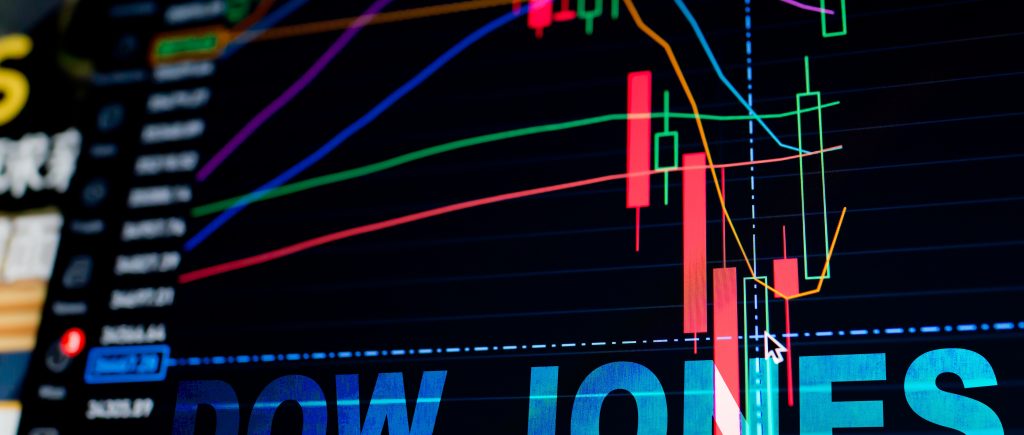The Dow Jones surged 350 points on June 16, 2025, reclaiming 42,500, driven by optimism for a potential resolution to the Israel-Iran conflict and President Donald Trump’s diplomatic engagements at the G-7 summit in Canada. Despite trade uncertainties and ongoing Middle East tensions, markets leaned into a risk-on mood, though cautious undercurrents persist.
Trump’s push for Iran to negotiate a nuclear deal and his provocative G-7 expansion proposals add complexity to the global economic landscape, influencing equities and investor sentiment.
Middle East Hopes Fuel Equity Rally
The DJIA’s rebound follows a volatile week, with markets buoyed by reports suggesting Iran’s openness to peace talks with Israel, despite denials from Tehran via Al Jazeera. Israeli strikes targeting Iran’s nuclear capabilities and retaliatory Iranian missile barrages have escalated tensions, yet investors bet on de-escalation.
Trump, at the G-7, urged Iran to negotiate swiftly, stating, “Iran is not winning this war, and they should talk before it’s too late.” Iranian Foreign Minister Abbas Araghchi called for U.S. intervention to curb Israeli actions, warning of “unimaginable consequences.” The Dow’s climb, alongside S&P 500 and Nasdaq highs, reflects this fragile optimism, though gold’s 0.84% drop to $3,400 signals a shift to riskier assets.
G-7 Dynamics and Trump’s Bold Proposals
Trump’s G-7 appearance, hosted by Canadian Prime Minister Mark Carney, blends trade talks with geopolitical maneuvering. His push for a U.S.-Canada trade deal, despite differing approaches, and his 10 percent universal tariff—partially eased with China for 90 days—strain allied relations. Trump’s suggestion to reintegrate Russia into the G-7, opposed since its 2014 expulsion, and his openness to including China stir controversy. Meetings with German Chancellor Friedrich Merz and British Prime Minister Keir Starmer aim to smooth tensions, but Trump’s disruptive ideas challenge G-7 unity. Carney’s nod to Trump’s grasp of global shifts hints at potential cooperation, yet trade and geopolitical frictions cap bullish momentum.
Fed’s Stance and Domestic Pressures
The Federal Reserve’s expected rate hold this week, defying Trump’s calls for cuts to manage federal debt, adds market uncertainty. Trump’s “Big Beautiful Budget Bill,” projected to balloon deficits, contrasts with his campaign pledge to erase federal debt swiftly. The CME’s FedWatch Tool shows a 70% chance of a quarter-point rate cut in September, with further cuts eyed for October or December. Rising consumer sentiment, up for the first time in seven months, supports equity gains but clashes with trade policy concerns. Domestically, Trump’s deportation focus on “sanctuary cities” and the arrest of Vance Boelter for the politically motivated shooting of Democratic lawmakers in Minnesota highlight U.S. divisions, indirectly shaping market and allied perceptions.
Markets at a Crossroads
The Dow’s recovery hinges on fragile hopes for Middle East de-escalation and G-7 outcomes. A technical floor near the 200-day EMA at 41,800 and a bullish 50-day EMA crossover signal resilience, but consolidation around 42,500 persists. Trump’s diplomacy, pushing Iran talks and G-7 reform, could stabilize markets if tensions ease, but persistent conflicts or trade disputes may restrain gains. With the Fed’s rate decision looming and global uncertainties mounting, investors face a delicate balance, where diplomatic breakthroughs or missteps will shape equities and beyond in 2025.

 Noor Trends News, Technical Analysis, Educational Tools and Recommendations
Noor Trends News, Technical Analysis, Educational Tools and Recommendations




